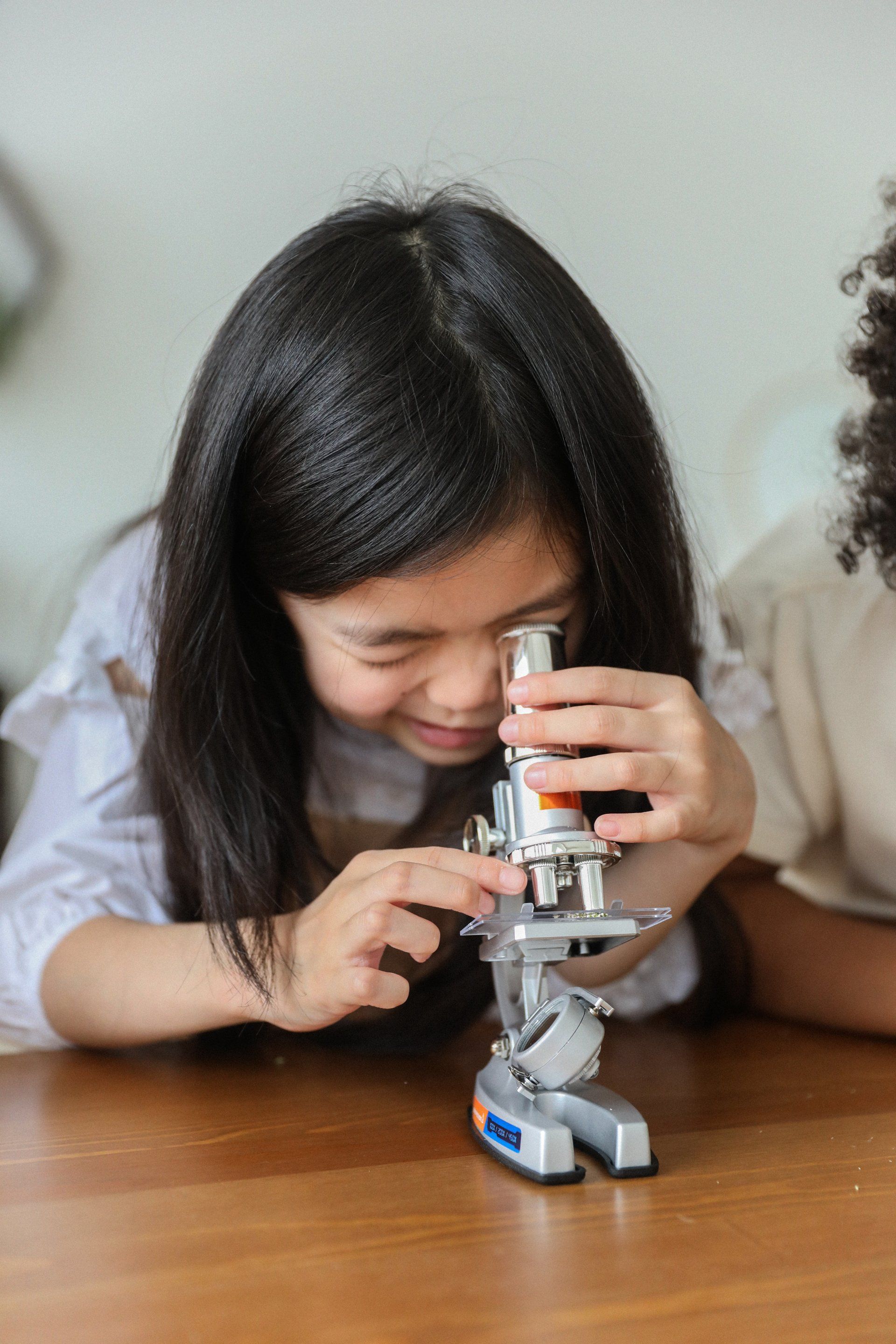Empowering Safe Learning Environments: The Crucial Role of Schools in Championing Child Protection and Well-Being
The Crucial Role of Schools in Promoting Child Protection
Introduction
In a world where the welfare of children is paramount, schools are increasingly recognized as pivotal environments for promoting child protection. Beyond their traditional role of imparting knowledge, schools serve as safe havens where children can thrive emotionally, physically, and socially. They provide not just academic instruction, but also frameworks for developing resilience, awareness, and respect for self and others. This blog explores the multifaceted role of schools in promoting child protection, addressing the challenges they face and the initiatives they can adopt.
Understanding Child Protection
Child protection encompasses a broad spectrum of measures aimed at safeguarding children from abuse, neglect, and exploitation. It includes both prevention and intervention strategies, requiring a coordinated effort among various stakeholders, including parents, communities, governments, and educators. Schools, as integral parts of children's lives, have a unique opportunity to advocate for child protection through their policies, practices, and culture.
Creating a Safe Environment
The first step in promoting child protection within schools is to create a safe and inclusive environment. This involves ensuring that children feel physically and emotionally secure while at school.
1.Physical Safety: Schools should implement robust safety measures, such as secure entrances, regular safety drills, and effective supervision during playtime and commuting. Understanding and addressing local safety issues, such as bullying or harassment, can mitigate risks and contribute to a safer school environment.
1.Emotional Safety: Emotional security is just as important as physical safety. Schools can encourage positive relationships among staff and students and promote a culture of respect, inclusivity, and tolerance. Programs that foster social-emotional learning (SEL) equip children with the skills to navigate interpersonal relationships, recognize and manage their emotions, and resolve conflicts constructively.
2.Crisis Management: Establishing clear policies on how to respond to emergencies or reports of abuse, bullying, and discrimination is vital. Training faculty and staff on these policies can ensure that issues are addressed promptly and appropriately, further fostering a sense of safety.
Awareness and Education
Schools are uniquely positioned to educate children about their rights and the importance of personal safety.
1.Curriculum Integration: Child protection concepts can be integrated into the standard curriculum. Topics such as personal boundaries, consent, and safe versus unsafe touch can be introduced age-appropriately. Incorporating these discussions into subjects like health education, social studies, and even literature can help normalize the conversation around child protection.
2. Workshops and Training: Regular workshops for students on topics of child rights, safety, and responsibility can empower children and encourage them to speak up. Schools can also engage parents through informational sessions, providing them with tools to continue these important conversations at home.
3. Teacher Training: Staff training is essential in identifying and responding to signs of abuse or neglect. Educators should be equipped with the knowledge and resources to spot warning signs and to react appropriately, ensuring that they contribute positively to a child’s safety and well-being.
Promoting Inclusion and Diversity
A diverse student body is an asset, but it can also introduce unique challenges related to child protection. Schools must strive to create an inclusive environment that respects and values differences.
1.Anti-Bullying Policies: Effective anti-bullying programs are essential for protecting children from harassment and discrimination. These programs should promote understanding and celebrate diversity, creating a culture where every child feels valued and safe.
2.Support for Marginalized Groups: Schools must be particularly vigilant in protecting the rights of marginalized groups, including children with disabilities, LGBTQ+ youth, and those from different cultural or socioeconomic backgrounds. Implementing targeted programs that promote understanding and support for these students fosters an inclusive environment that enhances overall child protection.
Partnerships with Families and Communities
Collaboration is key to effective child protection. Schools cannot operate in isolation; they require the support and involvement of families and communities.
1.Engaging Parents: Schools should actively engage parents and caregivers in discussions about child protection. This could involve organizing workshops, distributing informational materials, or creating platforms for sharing experiences and insights.
2.Community Resources: Schools should connect with local organizations and resources that specialize in child welfare. Partnerships with social services, mental health providers, and law enforcement can provide holistic support for at-risk children and their families.
3. Advocacy: Schools can play an advocacy role in promoting child rights and protection within the broader community. By participating in policy discussions and community initiatives, school leaders can bring attention to issues affecting children and work towards systemic change.
Leveraging Technology
In today’s digital age, technology plays a dual role in child protection. While it can expose children to risks, it also presents opportunities for education and outreach.
1.Cyber Safety Education: Incorporating digital literacy and cyber safety into the curriculum helps students understand online risks and the importance of safeguarding their personal information. Teaching them about the responsible use of technology empowers them to navigate the online world safely.
2.Reporting Mechanisms: Schools can utilize technology to establish confidential reporting systems where students can report bullying, harassment, or abuse anonymously. These systems can encourage students to speak up without fear of retaliation.
Conclusion
The role of schools in promoting child protection cannot be overstated. By creating safe environments, educating students and staff, fostering inclusivity, collaborating with families and communities, and leveraging technology, schools can significantly contribute to a culture of safety and respect for children's rights. It is essential that educators, administrators, and policymakers work together to ensure that child protection remains at the forefront of the school agenda, paving the way for a brighter, safer future for all children. In doing so, we not only protect our children but also empower them to become informed and responsible citizens who will contribute positively to society.)










